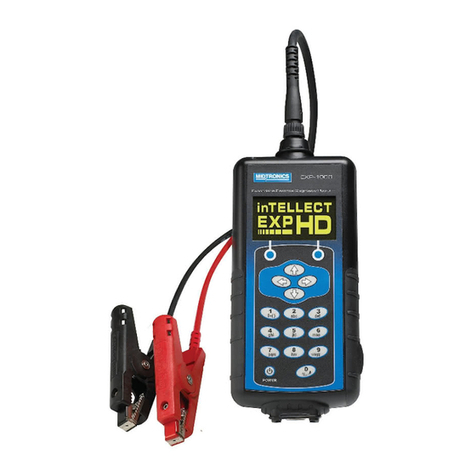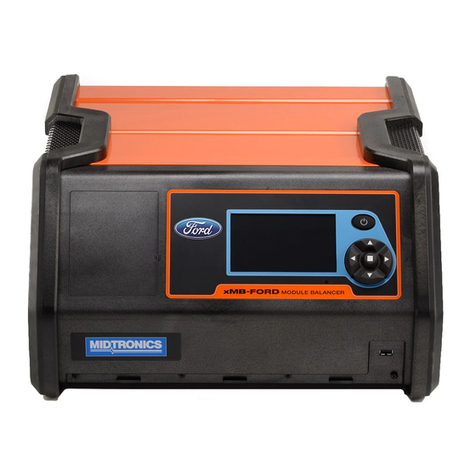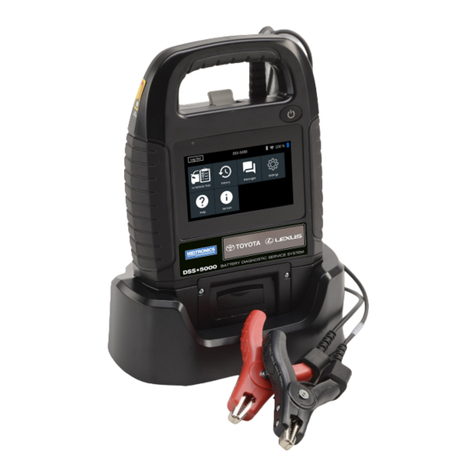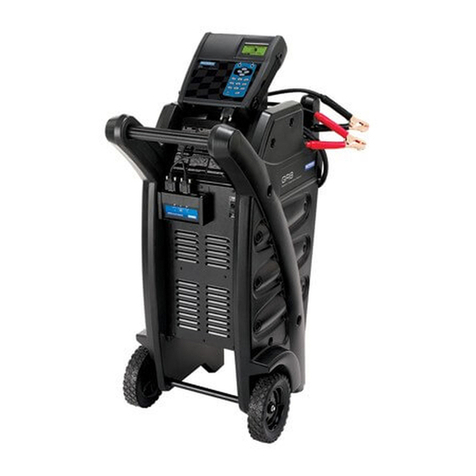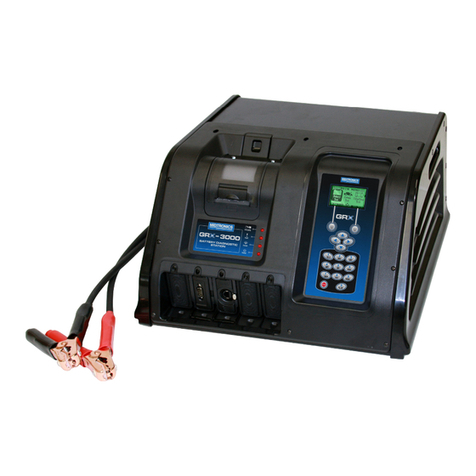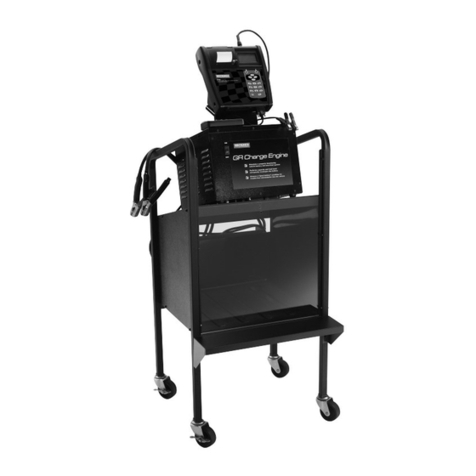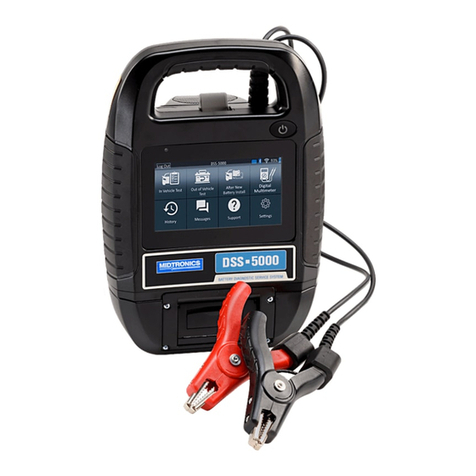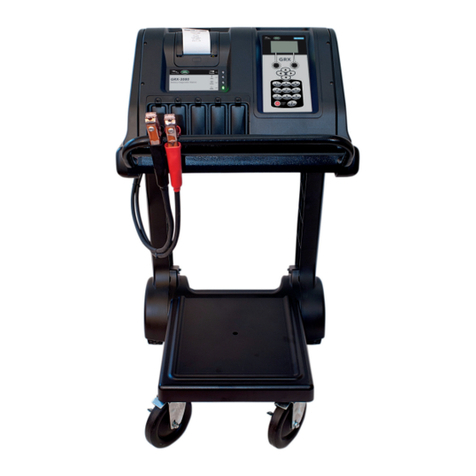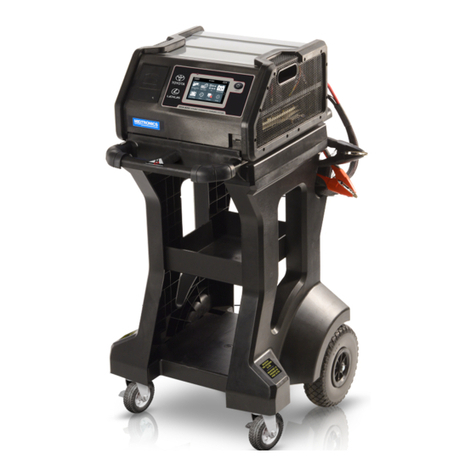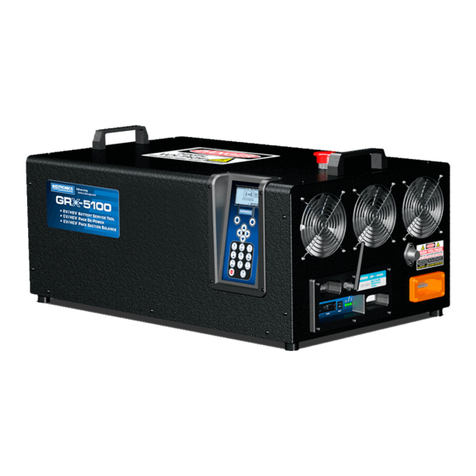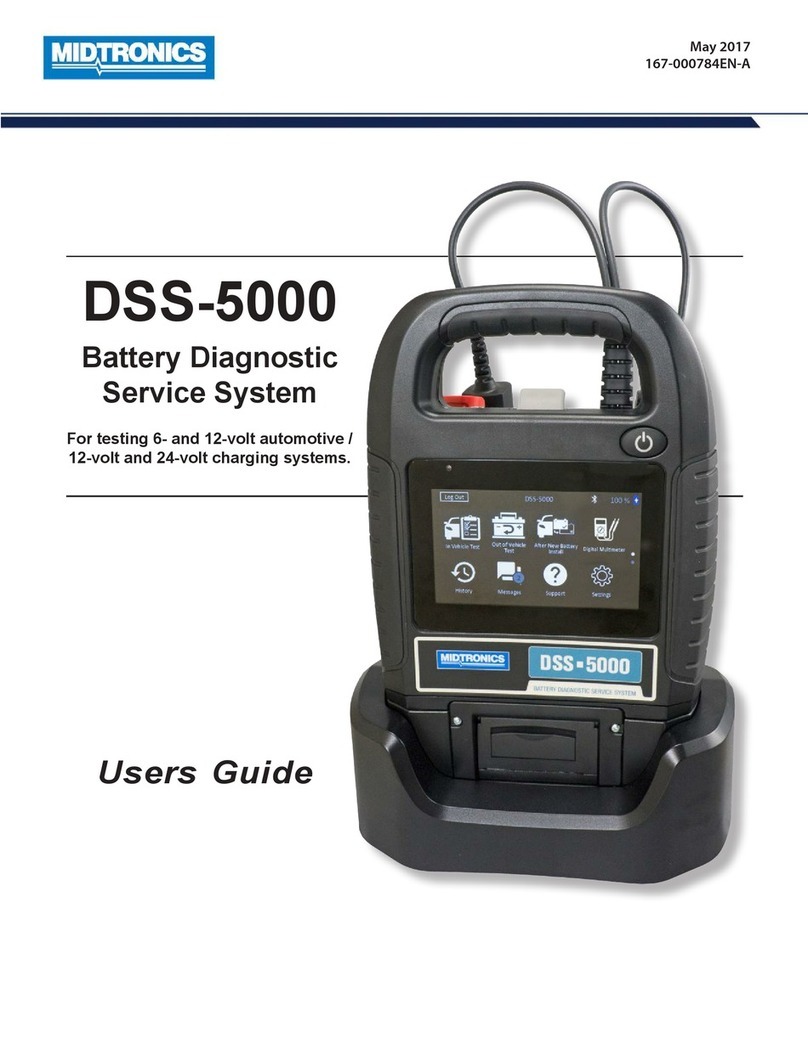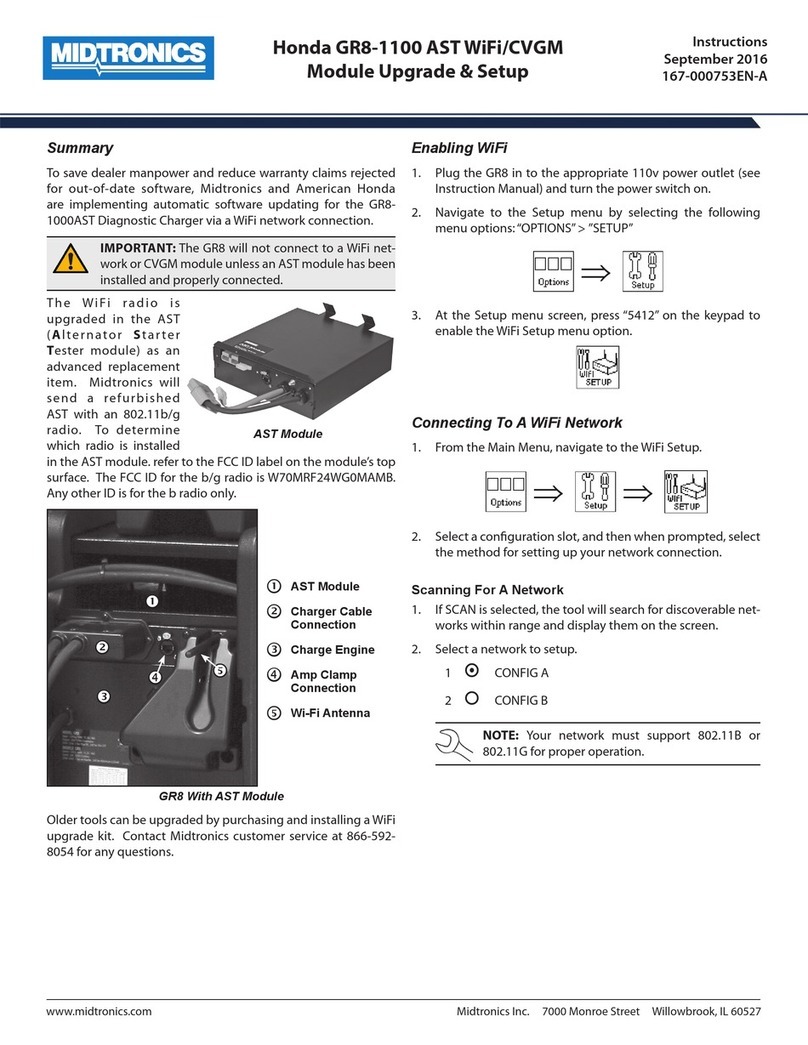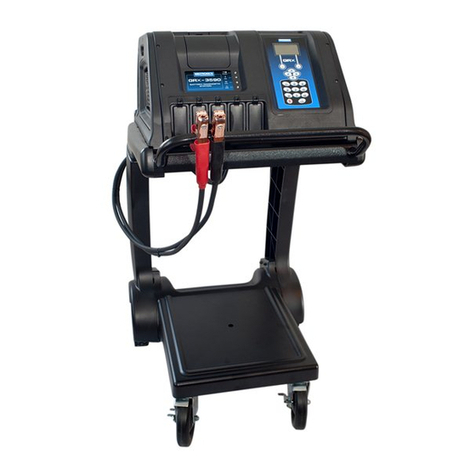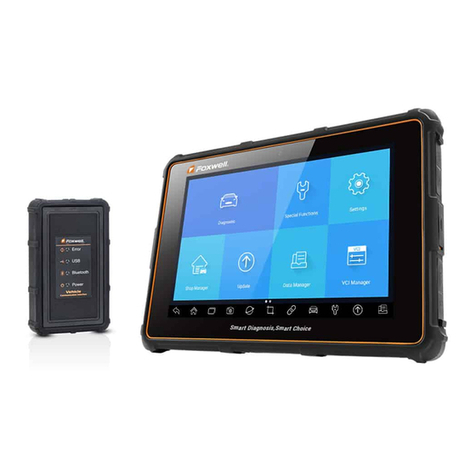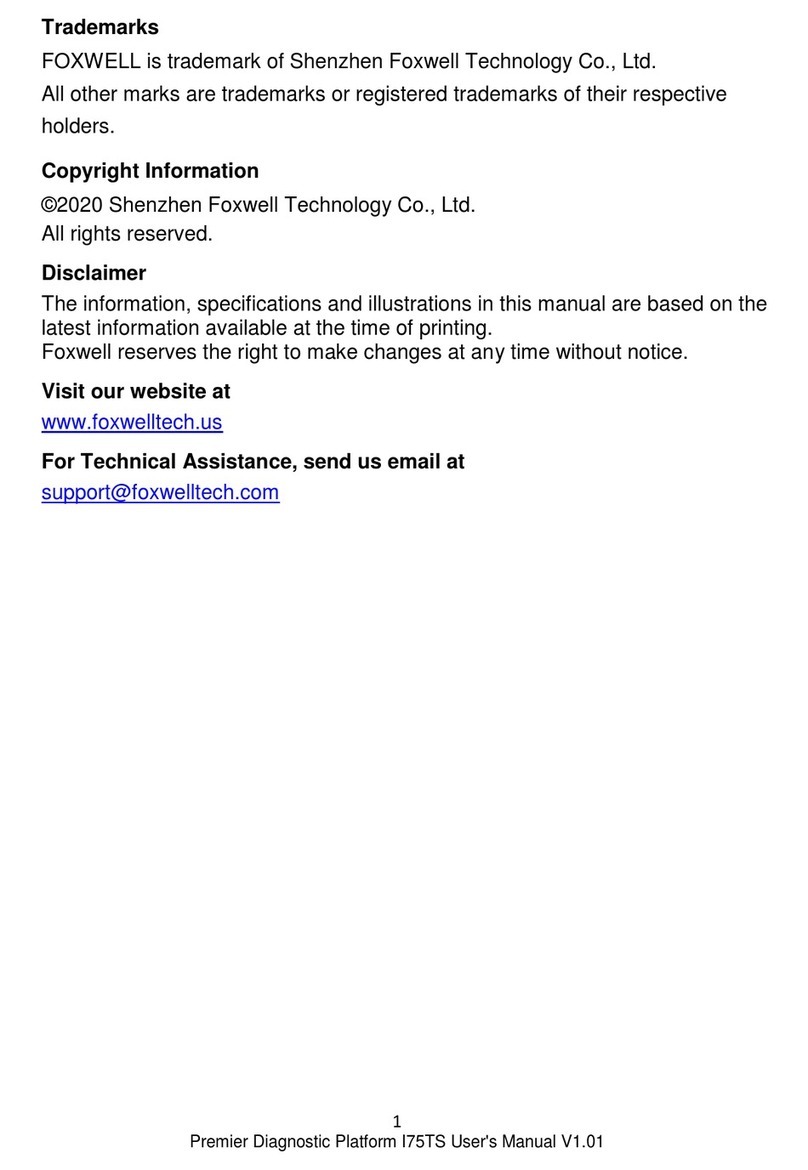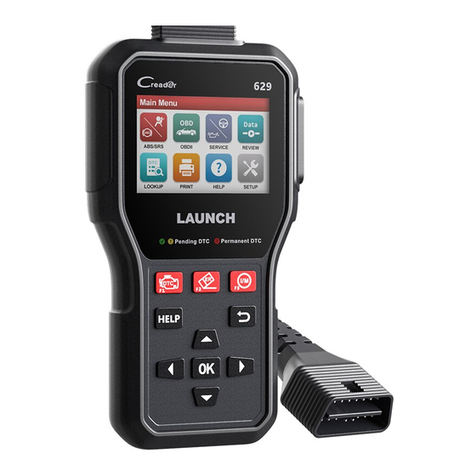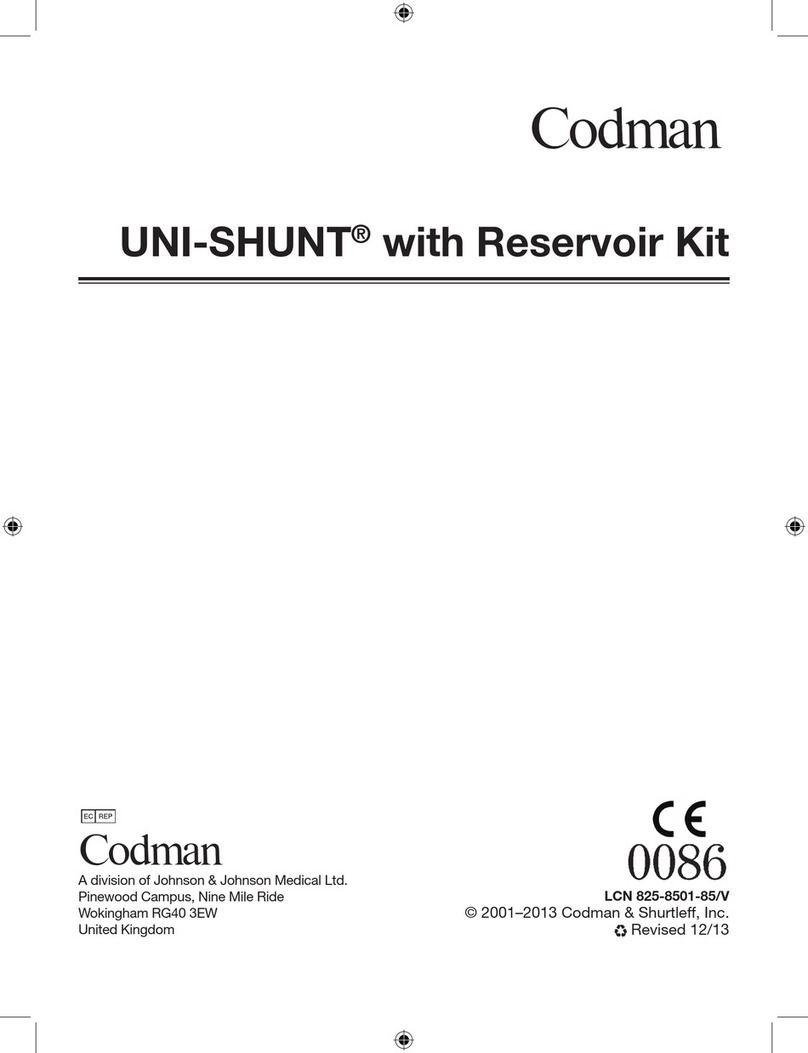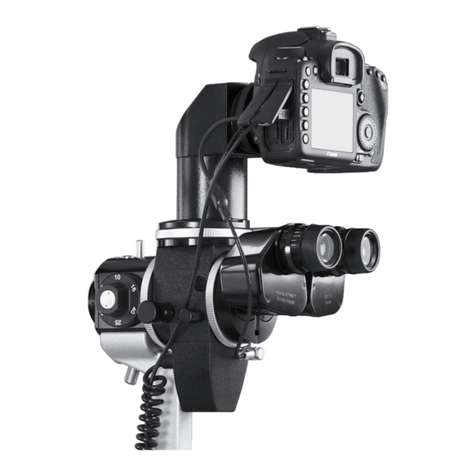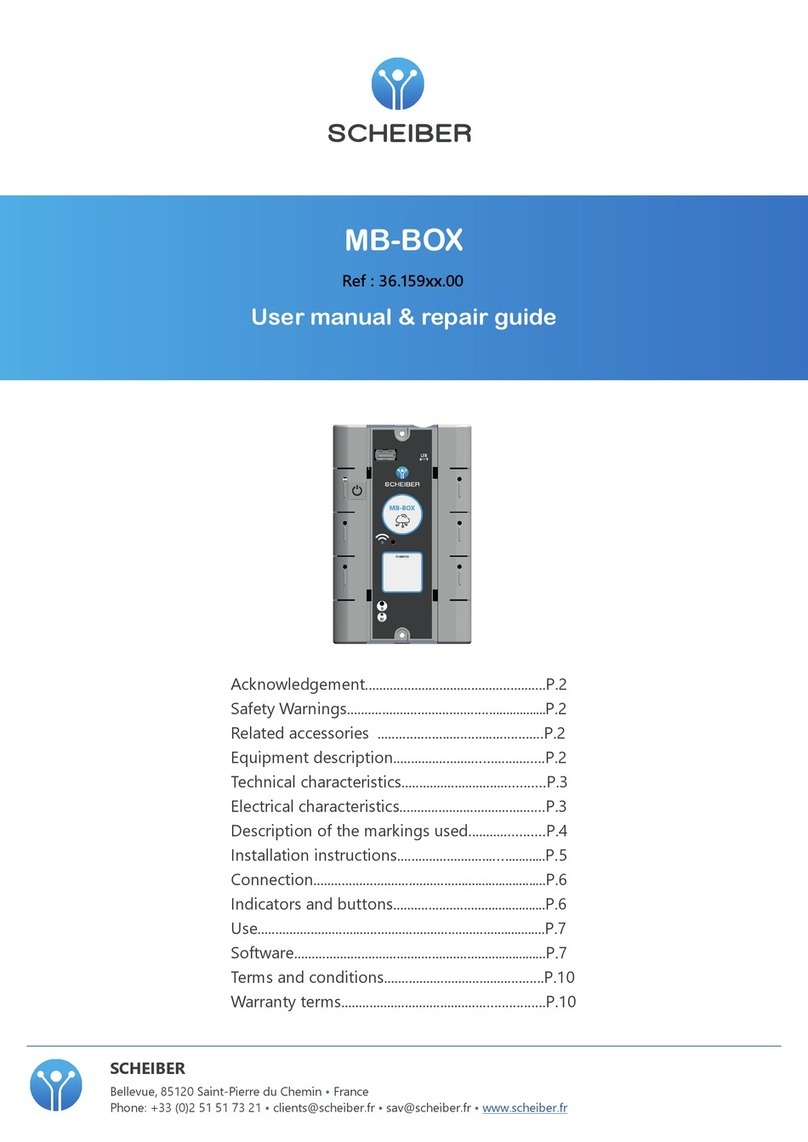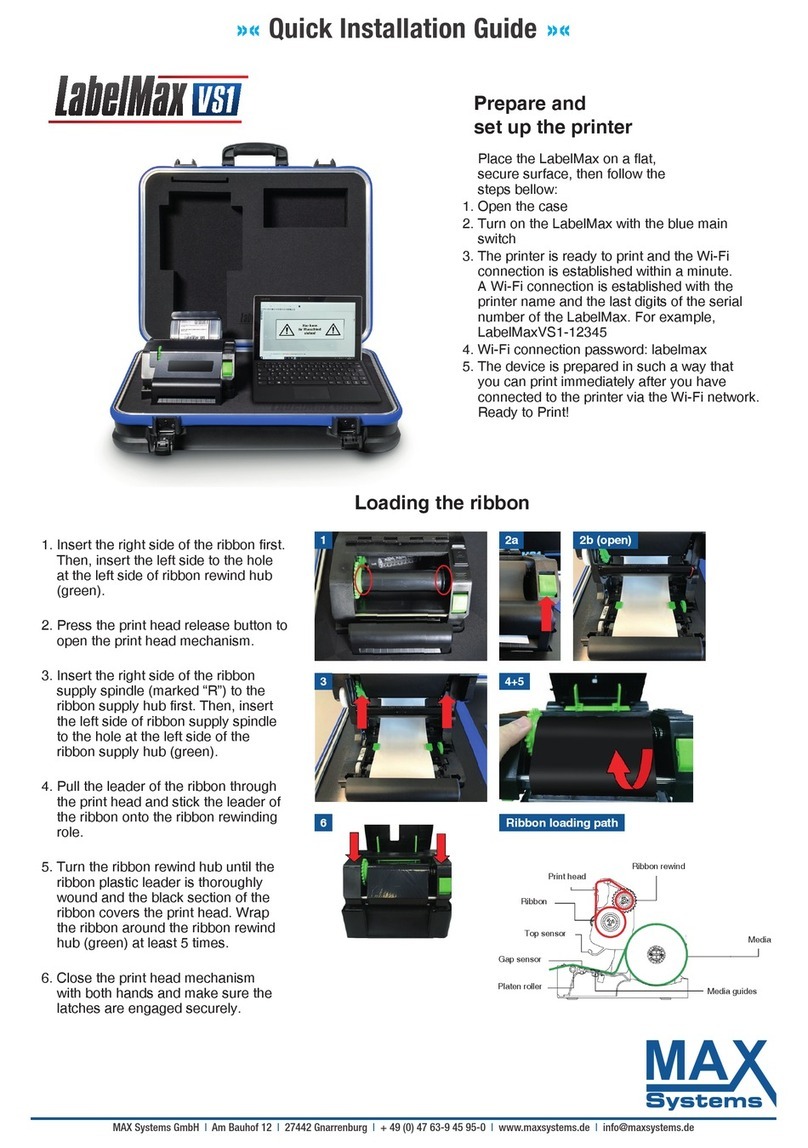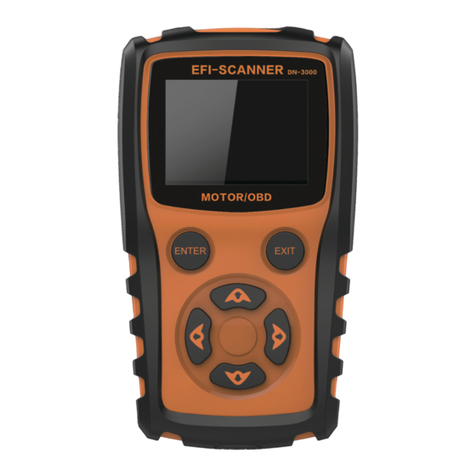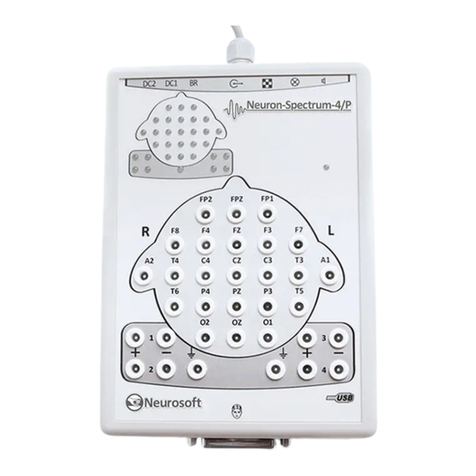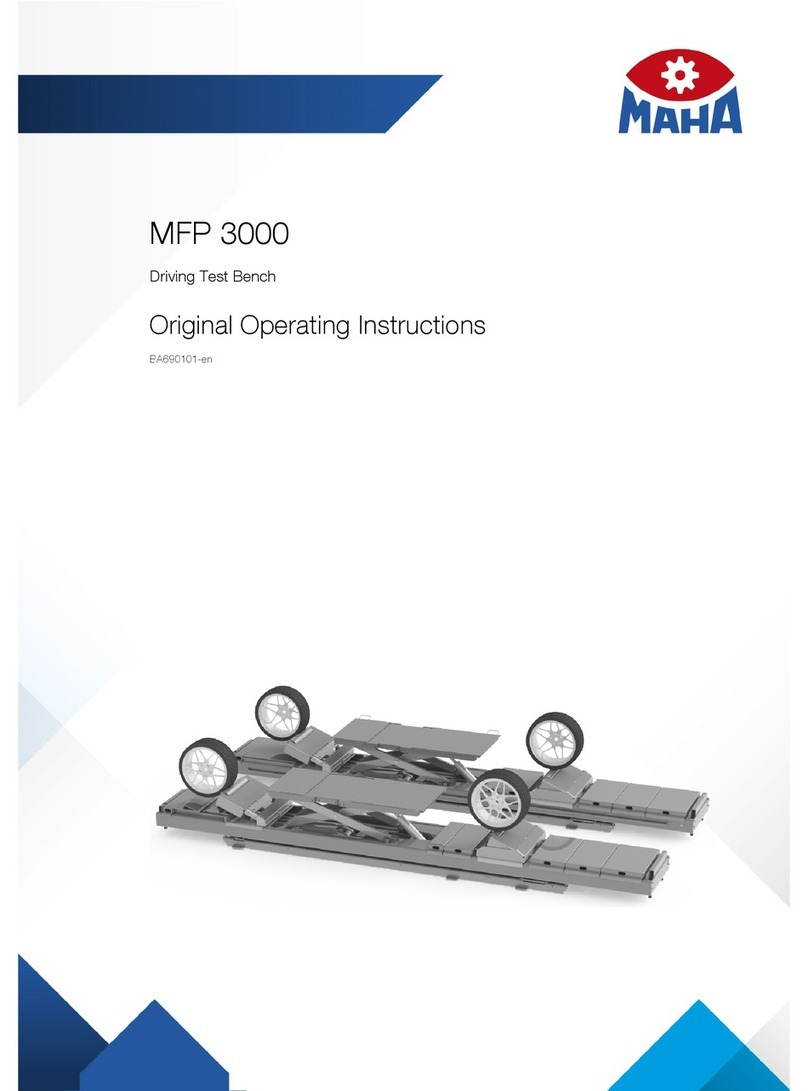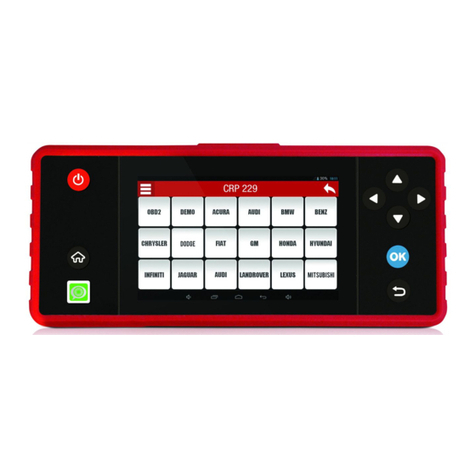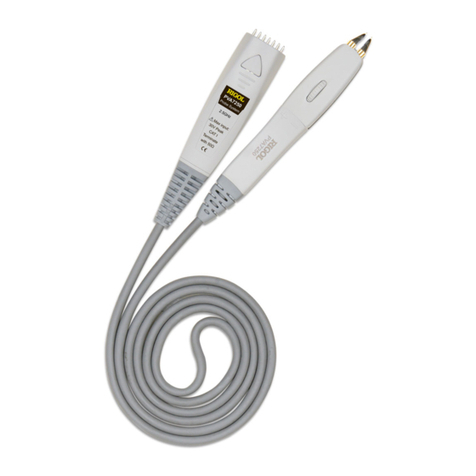
5:/057
0LWL,06WWL, LWL
2.7 Before working with a lead-acid battery, remove personal
metal items such as rings, bracelets, necklaces, watches,
etc. A lead-acid battery can produce a short circuit current
high enough to weld such items causing a severe burn.
2.8 CAUTION: TO REDUCE THE RISK OF INJURY, CHARGE
ONLY RECHARGEABLE LEADACID TYPE BATTERIES,
WHICH MAY INCLUDE MAINTENANCEFREE, LOW
MAINTENANCE, OR DEEPCYCLE BATTERIES. OTHER
TYPES OF BATTERIES MAY BURST CAUSING PERSON
AL INJURY AND DAMAGE.
The charger is not intended to supply power to a low-
voltage electrical system other than applications using
rechargeable, lead-acid type batteries. Do not use the
battery charger for charging dry-cell batteries commonly
used with home appliances. These batteries may burst
and cause personal injury and property damage.
2.9 NEVER charge a frozen battery; thaw it out rst.
3UHSDUl7RKDUHDWWHU
3.1.
If it is necessary to remove the battery from vehicle to
charge it, always remove the grounded terminal from the
battery rst. Make sure all accessories in the vehicle are o,
so as not to cause an arc.
3.2.
Be sure the area around the battery is well ventilated while
the battery is being charged. Gas can be forcefully blown
away by using a piece of cardboard or other nonmetallic
material as a fan.
3.3
Clean the battery terminals. Be careful to keep corrosion from
coming into contact with your eyes.
3.4 Add distilled water in each cell until the battery acid
reaches the level specied by the manufacturer. This helps
purge excessive gas from the cells. Do not overll. For a
battery without caps, carefully follow the manufacturer’s
recharging instructions
3.5 Study all battery manufacturer’s specic precautions such
as removing or not removing cell caps while charging and
recommended rates of charge.
3.6 Determine the voltage of the battery by referring to the
car owner’s manual and make sure that the output voltage
selector switch is set at the correct voltage. If the charger
has an adjustable charge rate, charge the battery initially
at lowest rate. If the charger has only one voltage, verify
that the battery voltage matches the voltage of charger.
For a charger not having an output voltage selector
switch, determine the voltage of the battery by referring
to car owner’s manual and make sure it matches the
output rating of the battery charger.
URGlGRHFWlRV
4.1 The charger must be grounded to reduce risk of electric
shock. The charger is equipped with an electric cord hav-
ing an equipment grounding conductor and a ground-
ing plug. The plug must be plugged into an outlet that is
properly installed and grounded in accordance with all lo-
cal codes and ordinances.
DDUGRXVYROWDH
$LPSURSHUFRHFWLRFDUHVXOWL
HOHFWULFVKRFN
To avoid electrical shock or burn, never alter
the charger’s original AC cord and plug. Dis-
connect plug from outlet when charger is idle.
4.2 This battery charger is for use on a nominal 120-volt cir-
cuit and has a grounding plug that looks like the plug
illustrated in Figure A. A temporary adapter, which looks
like the adapter illustrated in Figures B and C, may be used
to connect this plug to a two-pole receptacle as shown in
Figure B, if a properly grounded outlet is not available. The
temporary adapter should be used only until a properly
grounded outlet can be installed by a qualied electri-
cian.
DDUGRXVYROWDH
$LPSURSHUFRHFWLRFDUHVXOWL
HOHFWULFVKRFN
Before using an adapter be certain the center
screw of the outlet plate is grounded. The rigid
ear or lug extending from the adapter must be
connected to a properly grounded outlet. Make
certain it is grounded. If necessary, replace the
original screw that secures the adapter ear or
lug to the cover plate and make the ground
connection to the grounded outlet.
USE OF AN ADAPTER IS NOT ALLOWED IN CANADA. IF A
GROUNDING-TYPE RECEPTACLE IS NOT AVAILABLE, DO
NOT USE THIS APPLIANCE UNTIL THE PROPER OUTLET IS
INSTALLED BY A QUALIFIED ELECTRICIAN.
6DIHW,VWUXFWLRV




















